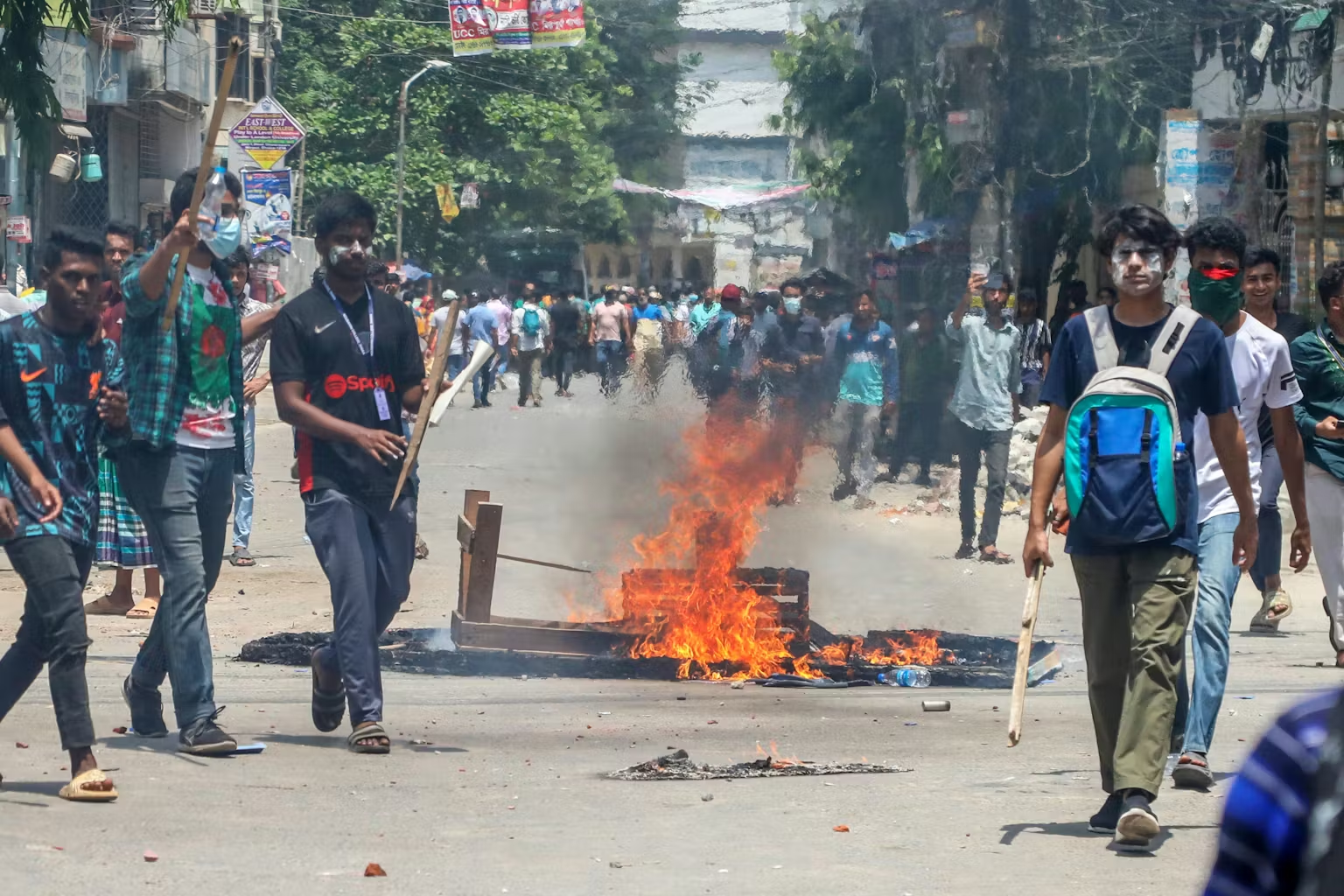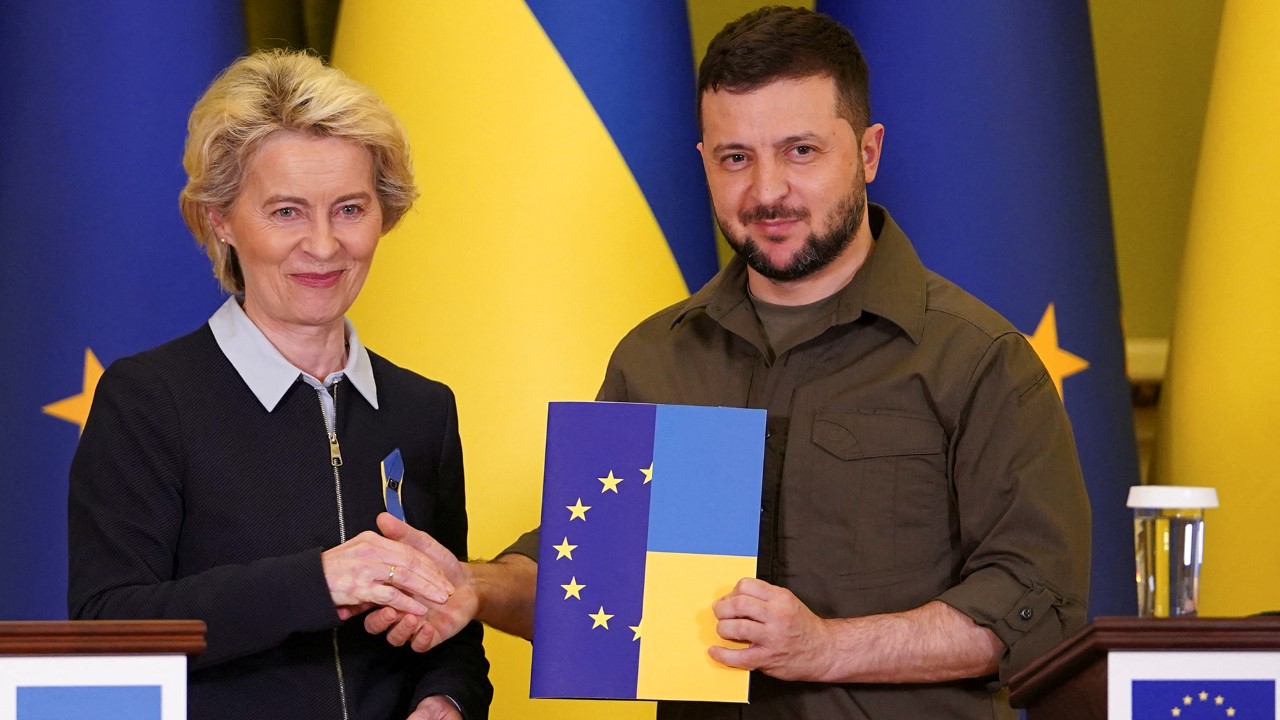With the conclusion of the 24th Edition of the Malabar Exercise, last November 2020 India put forward a clear message of a “free, open, inclusive Indo-Pacific as well as rules-based international order”. Though New Delhi has always refrained from colouring its Indo-Pacific Vision with the rise of Chinese presence in the littoral states of the Indo-Pacific, it is clear that with Australia joining the Malabar Exercise along with Japan and the U.S, is reflective of a growing power struggle with China in the hotbed of Indian Ocean.
The inception of the idea of Indo-Pacific germinated from the famous “Confluence of the Two Seas” Speech delivered by Prime Minister Abe in 2007 in the Indian parliament, proposing the synergy between the Indian and the Pacific Ocean, and reemphasising their identity as seas of freedom. The current Indian government has encapsulated this vision of Indo-Pacific with more vigour than its predecessors. It took some time to explicitly mention the “quadrilateral”, unlike Australia and U.S, but New Delhi has been vocal about its Act East policy to be the premise of engagement in the Indo-Pacific Region.
The cooperation among the four Quad countries namely India, Japan, Australia and the United States, has a long history. The nature of cooperation had started as a humanitarian assistance group in 2004. Later in 2007, on the sidelines of the ASEAN Regional Forum, the four countries met in Manila. From the onset, it looked like a natural partnership between like-minded democratic countries. But China has been analysing the partnership as a means to curtail its rise. China has been militarily active in the South China Sea, with its expansionist policies, with building islands, military bases, maritime militia and coast guard in disputed areas, trying to manifest control over key trade routes. The increase in Chinese aggression has struck a common chord among the four countries, identifying China as a threat in the Indo Pacific. It is also important to observe the shift of Chinese movements from the South China Sea, to its active role in areas west of Strait of Malacca. Hence, the Quad countries coming together stressing on a “rules-based international order” is no surprise. But the question remains, how efficiently it can maintain the balance of power in Indo Pacific?
It will be parochial to just view Quad as a security alliance. In a post-pandemic world, QUAD and the QUAD plus can be utilised in various supply chain initiatives ranging in sectors like health care, technological developments and infrastructural pipelines. Australia’s attitudinal shift towards the Quad can be observed on these lines. The bilateral relations between Australia and China were already in the downslide for a few years, with Japan increasing its export coverage in Australian markets. But, the alleged role of China in covering up the initial spread of the COVID-19 virus has brought together a multitude of grievances against China as a potential aggressor.
The Indian attitudinal shift towards the Quad has also been noteworthy. With recent bilateral joint statements with Australia in June 2020, New Delhi has grown comfortable in recognising its strategic role in the IOR. Australian Prime Minister Scott Morrison signed nine logistical agreements and issued a joint statement on a “Shared Vision for Maritime Cooperation in the Indo Pacific”. Lately, China has been more aggressive, with the Doklam faceoff in 2017, and recently the aggressive moves in Ladakh reflect a restless China, trying to showcase power in various border fronts which is a new trend. Thus the Indian Prime Minister Narendra Modi’s Indo-Pacific vision would have a lasting effect in the geopolitics of the region.
India and U.S being “natural allies” have remained close, with high level 2+2 dialogue and agreements on logistical support and communication. Both the countries have synergized in developing a robust QUAD to enhance cooperation in the various US commands. Though there has been some doubt about the Trump administration in being committed with its Indo Pacific involvement, but with new leadership the presence of US in the Indo pacific is less likely to get affected.
Japan, on the other hand, has been the victim of the expansionist policy of China, with regular conflicts in the South China Sea. Shinzo Abe’s administration has been instrumental in identifying the duty of the QUAD nations in maintaining the freedom of trade and operations in the Indo Pacific. The Abe years have been a showcase of strong political backing, in making “rising China” the top priority. Hence, it is detrimental to analyse foreign policies, economic relations of the primary QUAD nations with each other, as well as with other littoral states in order to summarize the creation of a balance of power situation in the IOR.
In 2017, China established a naval presence in the Indian Ocean via its overseas military base in Djibouti. Be it Hambantota, Colombo, Gwadar, Chittagong, Kyaukpyu, or islets in the Maldives, the nature of Chinese initiatives in port development is not seen as geopolitically innocent. It has emerged as a major supplier of critical naval hardware in the region, creating eight submarines for Pakistan. India’s response has been granting a line of credits to Bangladesh, development projects in Trincomalee, humanitarian relief operations have also been actualised, along with exclusive economic zones and increased patrols in Mauritius, Seychelles and Maldives. The crux being that India is trying to maintain its role as the “net security provider” in the region. But the curious case of Maldives proves how brittle the situation can get. With growing political tensions in the Maldives, the Abdulla Yameen government has been receiving political cover from China. The growing instability and political sponsorship from China in Littoral domestic politics are bound to shift the balance of power dynamics towards the East.
As a conclusion, it is imperative to point out the highly brittle state of affairs in the IOR. If QUAD or QUAD plus seeks to balance the Chinese presence and ensure free access in the IOR, it needs to take into account littoral policies as well. The “net security provider” dynamics have evolved and QUAD needs to ensure enhanced multilateral level engagements with peripheral countries, in order to level out the balance of power crisis.
Title Image Courtesy: https://www.hindustantimes.com/
Disclaimer: The views and opinions expressed by the author do not necessarily reflect the views of the Government of India and Defence Research and Studies.
https://www.thehindu.com/news/national/exercise-malabar-concludes-in-arabian-sea/article33143581.ece
https://www.orfonline.org/research/the-australia-india-japan-us-quadrilateral/
https://thewire.in/diplomacy/shinzo-abe-legacy-new-delhi-japa-india-strategic-ties-quad
https://www.brookings.edu/research/acting-east-india-in-the-indo-pacific/





